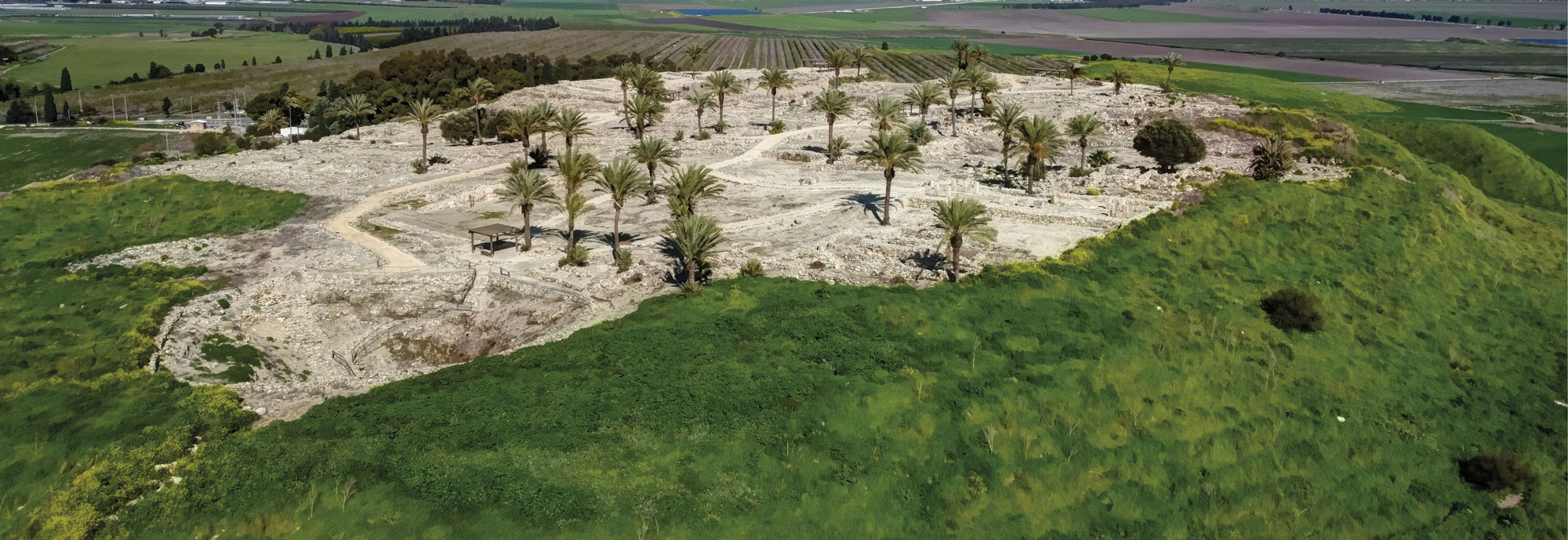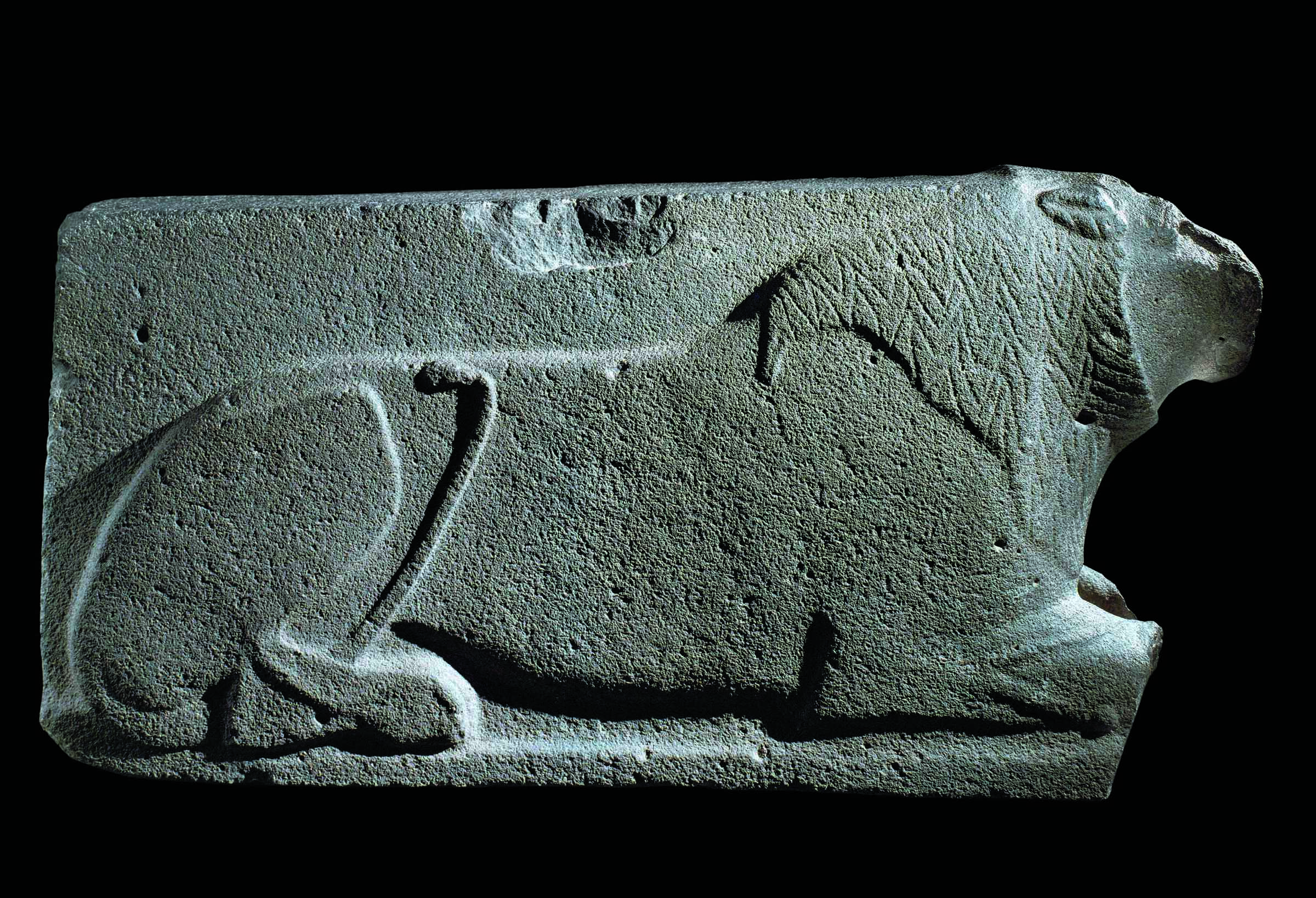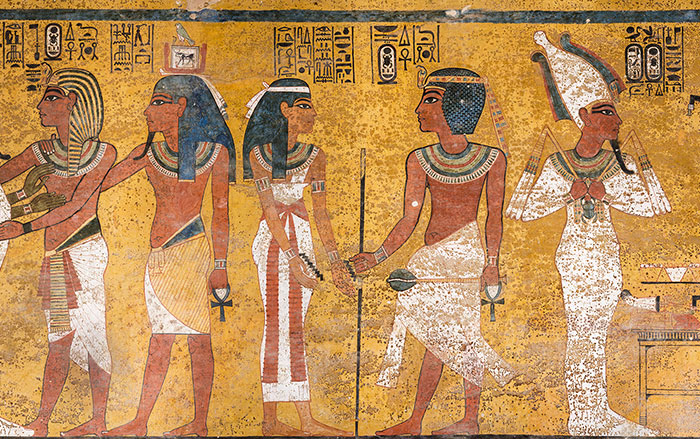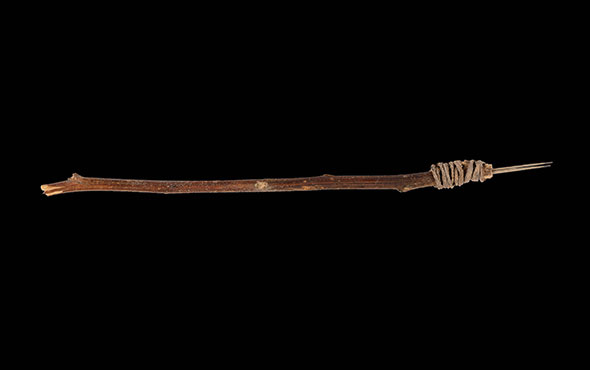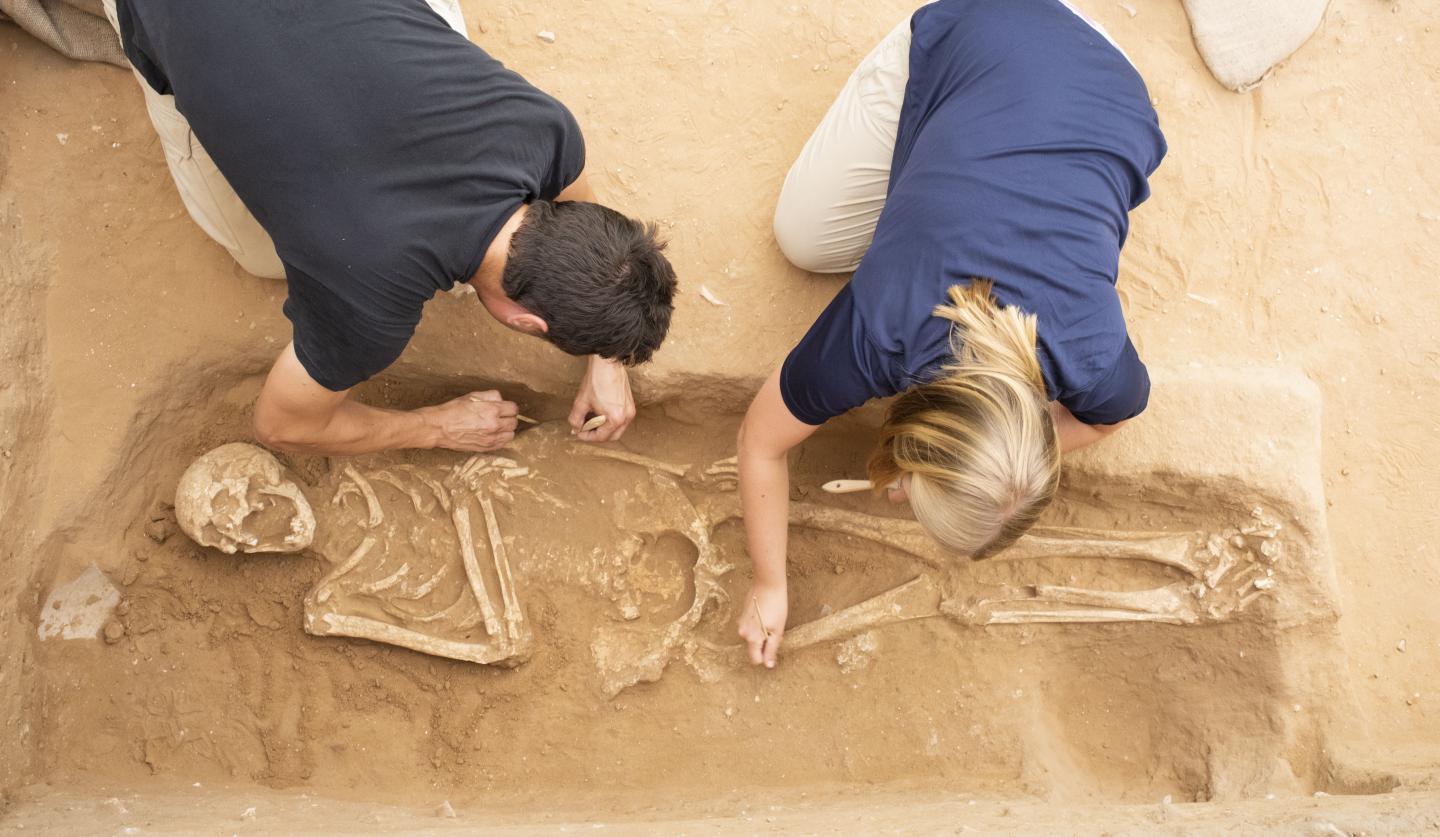
JENA, GERMANY—Live Science reports that an international team of researchers analyzed DNA extracted from the remains of 10 individuals buried at Ashkelon, a Philistine archaeological site located in Israel, and found evidence of an influx of migrants from southern Europe sometime between 3,600 and 2,800 years ago. Cultural changes, noted in the archaeological record at about this time, have in the past sometimes been attributed to trade or local adoption of foreign styles. “They started to resemble findings from archaeological sites that were in the Bronze Age Aegean, so Bronze Age Greece,” said Michal Feldman of the Max Planck Institute for the Science of Human History. The addition of the migrating population’s genes to the local population was no longer detectable within a span of 200 years, added Feldman’s colleague, archaeogeneticist Choongwon Jeong, which suggests that the southern European ancestors of the seafaring Philistines quickly intermarried with the locals of the southern Levant. To read more about the Philistines, go to "The Gates of Gath."



